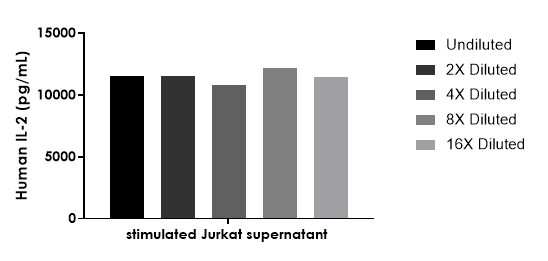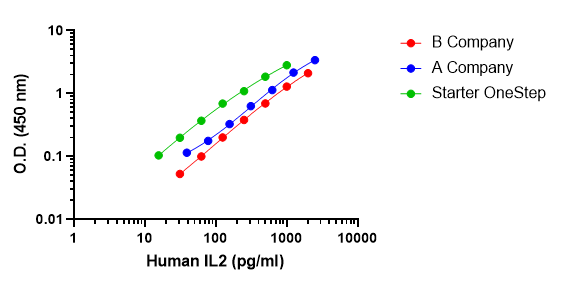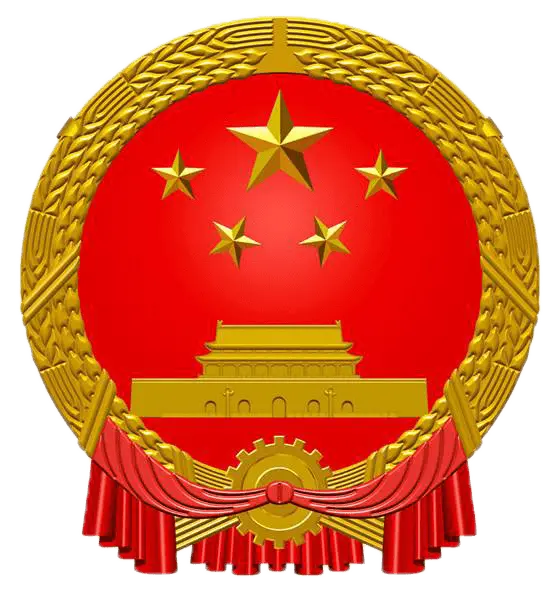






Interleukin-2 (IL-2) is an interleukin, a type of cytokine immune system signaling molecule, which is a leukocytotropic hormone that is instrumental in the body natural response to microbial infection and in discriminating between foreign (non-self) and self. IL-2 mediates its effects by binding to IL-2 receptors, which are expressed by lymphocytes, the cells that are responsible for immunity. Mature human IL-2 shares 56% and 66% aa sequence identity with mouse and rat IL-2, respectively. Human and mouse IL-2 exhibit cross-species activity. The receptor for IL-2 consists of three subunits that are present on the cell surface in varying preformed complexes. IL-2 is also necessary during T cell development in the thymus for the maturation of a unique subset of T cells that are termed regulatory T cells (T-Regs). After exiting from the thymus, T-Regs function to prevent other T cells from recognizing and reacting against "self-antigens", which could result in "autoimmunity". T-Regs do this by preventing the responding cells from producing IL-2. Thus, IL-2 is required to discriminate between self and non-self, another one of the unique characteristics of the immune system.

12 months from date of receipt / reconstitution, 2 to 8 °C as supplied.
参考图片
Protocol Diagram
Standard curve
Example of human IL-2 standard curve in Assay Diluent #1.
Linearity
The concentrations of IL-2 were measured and interpolated from the target standard curves and corrected for sample dilution. Undiluted samples are as follows: Jurkat T cells stimulated with 10 ng/ml PMA and 150 ng/ml A23187 for 24 h (6.25%). The interpolated dilution factor corrected values are plotted. The mean target concentration was determined to be 11,487 pg/mL in stimulated Jurkat supernatant.
Leading Competitor comparison









 用小程序,查商品更便捷
用小程序,查商品更便捷







 危险品化学品经营许可证(不带存储) 许可证编号:沪(杨)应急管危经许[2022]202944(QY)
危险品化学品经营许可证(不带存储) 许可证编号:沪(杨)应急管危经许[2022]202944(QY)  营业执照(三证合一)
营业执照(三证合一)